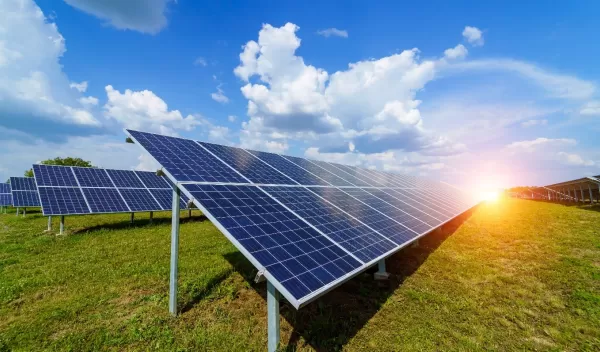
Research finds that returning solar panel production to U.S. can speed decarbonization
Domestic production of solar panels — most of which are now made in Asia — can speed up decarbonization in the U.S., according to new Cornell University research published in Nature Communications. Funding for the study was provided by the U.S. National Science Foundation.
The engineers found that if solar panel manufacturing could return to the U.S. by 2035, the greenhouse gas emissions resulting from panel creation would be reduced by 30% and energy consumption would be cut by 13%, compared to 2020, when the U.S. relied almost entirely on international trading partners.
Manufacturing crystalline silicon photovoltaic panels in the U.S. solves logistical challenges and eases greenhouse gas problems, according to the researchers.
By 2050, the solar panels made and used in the U.S. will be more efficient — reducing the carbon footprint by 33% and using 17% less energy than solar panels sourced globally in 2020.
The climate change mitigation forecast would be fulfilled by both “reshoring” the solar panel manufacturing back to the U.S. and having mostly renewable energy on the power grid, which is anticipated in the next decades.
Based on projections of the energy decarbonization transition that would take place alongside reshoring, the U.S. would see a larger share of renewable power accounting for primary energy consumption and an overall lower primary energy consumption for solar panel manufacturing, according to Fengqi You, an energy systems engineer at Cornell and senior author of the paper.
"By 2050, about half the U.S. electricity will come from solar energy; now, we only have about 3%," You said. "But the U.S. is ramping up. We are going to increase solar capacity from 74 gigawatts in 2022 to a projected 1,600 gigawatts by 2050. That means we will need a lot more panels in the next three decades."
